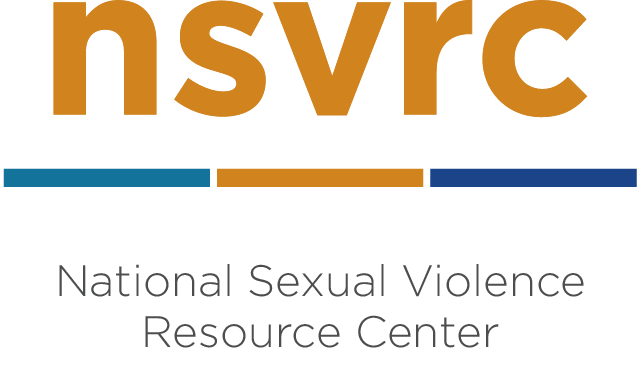
February is Teen Dating Violence Awareness Month (TDVAM). The theme for this year is “Respect That!” This theme was selected by the love is respect Youth Council and highlights the importance of treating partners with dignity and respect.
Teen dating violence includes physical, emotional, sexual, or digital abuse in a current dating relationship or by a former dating partner. Young people experience violence at alarming rates. According to the National Intimate Partner and Sexual Violence Survey:
- Over 70% of women and over 60% of men first experienced intimate partner violence (sexual or physical violence, and/or stalking) under the age of 25.
- One in four women first experienced intimate partner violence prior to the age of 18 and 49% experienced rape as a minor.
- Over 80% of women and men both report having experienced their first rape under the age of 25.
- Sexual violence is usually committed by someone the survivor knows. Over 28% of girls who experienced sexual violence under the age of 18 were raped by a current or former intimate partner.
- Youth who experience sexual violence as children or teens are more likely to experience sexual violence in adulthood. Thirty-five percent of women who were raped as minors were also raped as adults, compared to 10% of women raped as an adult who were not raped as minors.
Experiencing violence in youth can have long-lasting impacts, making it all the more critical to prevent violence before it occurs. By promoting social norms that protect against violence (such as bystander programs and engaging men and boys) and supporting survivors, we can lessen the impact of sexual violence and prevent future victimization.
A healthy relationship requires open communication, safety, trust, and respect. Teaching children and young people about healthy relationships and consent should start early with age-appropriate messages through childhood and teen years. TDVAM is an opportunity to promote healthy relationships and consent, which are key to preventing sexual violence.
Young people learn about relationships from those around them, so it is important to model healthy relationships and ask for consent while in person and online. Advocates can reinforce what consent looks like by educating parents, caregivers, and others on how to practice everyday consent and about healthy relationships. Advocates can also practice this by respecting a young person’s wishes or choices when working with them.
Resources for Advocates and Preventionists:
Youth, advocates, and preventionists can use the following resources in their community when promoting TDVAM:
- Love is Respect.org: A project of the National Domestic Violence Hotline, they are a resource to empower youth to prevent and end dating abuse.
- Teen Dating Violence Awareness Month: Information about TDVAM 2025 including:
- Recognize Violence, Change Culture (RVCC): RVCC provides inclusive and easy to implement prevention tools including a Resource Hub filled with free resources you can download and use.
- 2025 Love Hub Tabling Toolkit: Set up a creative table for Valentine’s Day and TDVAM download and print this free resource kit. It includes interactive activities, photo props, handouts, coloring pages and more!
- Healthy Relationship Chatterbox: Shares fun questions for people to reflect on what a healthy relationship looks like.
- Valentine’s Day Cards: Cute cards focusing on consent and healthy relationships. Available in English and Spanish.
- Valentine’s Day Coloring Pages: Includes consent, healthy relationships, and self-love coloring pages. Available in both English and Spanish.
- Vital Signs: Prevalence of Multiple Forms of Violence and Increased Health Risk Behaviors and Conditions Among Youths — United States, 2019. This report examines the types of violence experienced by teens aged 14 to 18 years old and highlights findings from the 2019 National Youth Risk Behavior Survey (YRBS). Almost half of teens (44.3%) experienced at least one type of violence and 1 in 7 (15.6%) of teens experienced at least two types of violence in the last year. The more violence young people experience, the more likely they are to engage in risky behaviors.
- Serving Teen Survivors: A Manual for Advocates: This manual for advocates provides a brief overview on the unique issues young sexual violence survivors face. It includes tip sheets on working with teens, information on confidentiality, and mandated reporting laws, and much more!
Resources for parents and caregivers:
Learning about healthy relationships and consent starts young. Parents can use the following resources to learn how to talk to their children and teens about healthy relationships and consent:
- Parent Discussion Guide on Youth Healthy Relationships: A discussion guide on how parents can talk to their teens about healthy relationships.
- Parent Tip Sheet: How Do I Help My Child?: This card provides tips for parents on how to help a child in an unhealthy relationship.
- Healthy Communications with Kids: This resource shares information for parents about how to incorporate consent in everyday interactions with children.
- I Ask How to Teach Consent Early: This handout contains tips for parents on how to teach and model consent
- Parents Postcard: This postcard provides information for parents about teaching children and teens age-appropriate lessons about consent and healthy relationships.
